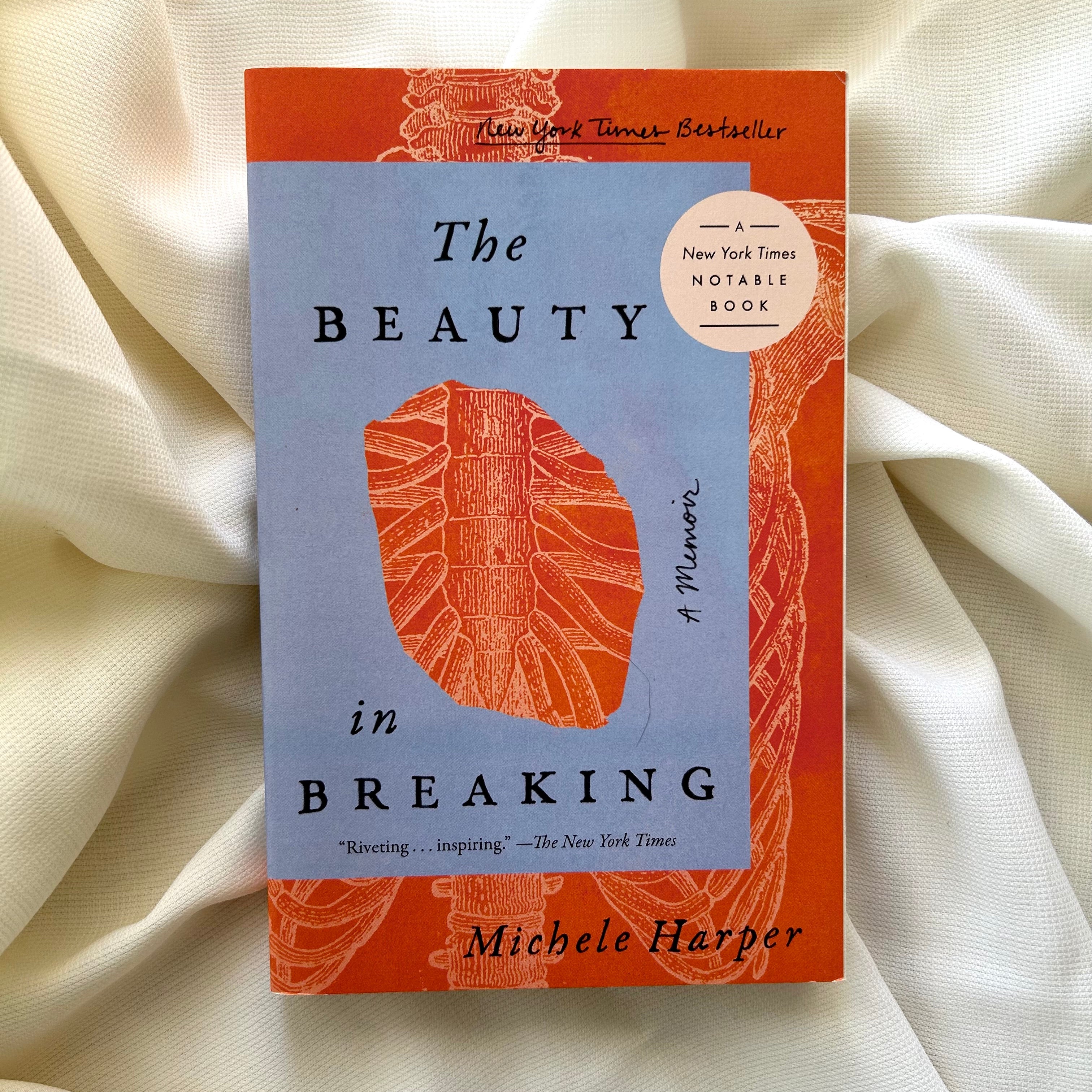
People with lower back pain can benefit from practicing yoga. According to physicians at the American Osteopathic Association, yoga can help address many different aspects of pain, including physical, mental and emotional sources of discomfort.
Researchers have found that approximately 85 percent of people experience low back pain at some point in their lives. Yet, almost 85 percent of people who see a physician for acute low back pain have no identifiable structural or anatomic cause.
"It's important to understand that the pain may not stem from your back alone but from the complex set of muscles supporting it," says Stacey Pierce-Talsma, DO, Associate Professor at Touro University California College of Osteopathic Medicine and certified yoga instructor. Diagnosis and treatment are further complicated by muscle weakness or tightness in different areas of the body, from the shoulders to the feet.
The breathing and mindfulness components of yoga may also improve anxiety and depression, which researchers found contributes to low back pain—and vice versa.
"The osteopathic approach views the body as a unit and considers the whole person to find the true source of the injury or misalignment," explains Dr. Pierce-Talsma. "Injections, medications and surgery often fail because they only treat the site of the pain. They don't necessarily address how the musculoskeletal system works."
As a whole body exercise, yoga stretches and strengthens muscles, increases flexibility and improves balance, all of which improves the interconnected function of the human form.
While it may seem intimidating, yoga isn't about headstands or contortions. Its focus is simply moving and breathing, while naturally finding your body's individual strengths and weaknesses. Dr. Pierce-Talsma recommends starting with beginner level courses, including adaptive or chair yoga for those with limited mobility. Individual sessions with a yoga teacher or therapist may work best for some, as some forms of yoga may be too strenuous for people with low back pain.
The Mind Body Connection
The use of breathing, meditations and awareness is what makes yoga different from most exercise practices. According to Dr. Pierce-Talsma, practicing mindfulness during yoga helps people notice patterns and postural asymmetries in their body, like areas of tightness and weakness, which they can work on changing on and off the mat.
The breathing and mindfulness components of yoga may also improve anxiety and depression, which researchers found contributes to low back pain—and vice versa.
"Keep in mind that pain is a physical, mental and emotional issue. Yoga is effective with those aspects because it taps into the nervous system, decreasing the stress response and calming the mind. It's a truly unique and comprehensive approach to low back pain," says Dr. Pierce-Talsma.
She adds that yoga also facilitates community, identifies emotional responses to pain, and teaches pain-coping skills, as well as relaxation techniques—which are all useful life skills in general.
"Yoga isn't the answer for all back pain, but it addresses several potential causes, which few other therapies can in such an integrated mind, body, spirit way," says Dr. Pierce-Talsma. Be sure to consult with your physician about an appropriate yoga or exercise regimen to address your specific situation.
Source: American Osteopathic Association (AOA) - Photograph by George Rudy / Shutterstock
| Read more health and fitness tips in the digital issues of VERGE Lifestyle & Urban Culture magazine. Click here to shop the latest issues now and become inspired! |








